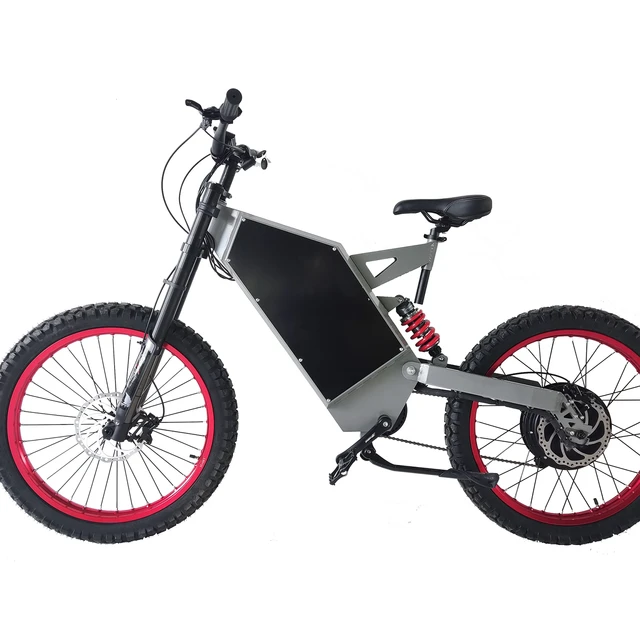Introduction
Motorcyclists who brave the winter weather face unique challenges in staying warm and comfortable on the road. With the right strategies and gear, however, it is possible to enjoy the thrill of riding even in cold temperatures. In this guide, we will explore the key considerations and options for motorcyclists to stay warm and protected during winter rides.
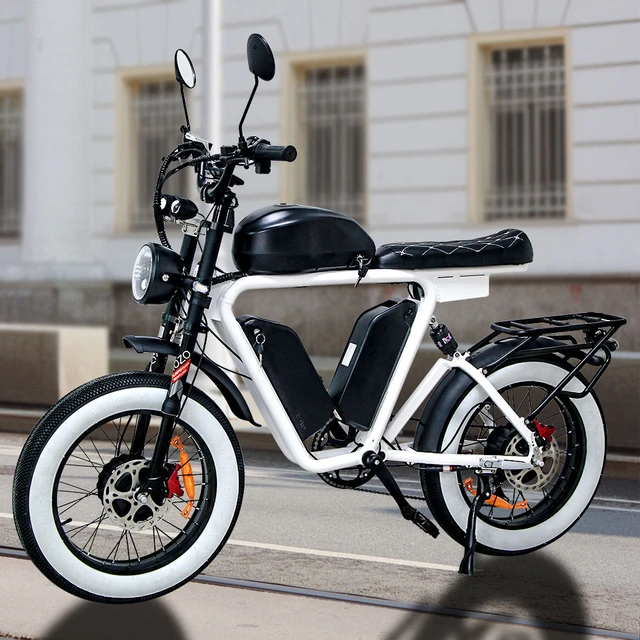
How do motorcyclists stay warm in the winter?
Layering for Optimal Insulation
1.1. Base Layers
Start with moisture-wicking base layers that effectively draw sweat away from your body. Opt for thermal undergarments or long-sleeve shirts and pants made of materials like polyester or merino wool. These fabrics provide a warm base and help regulate body temperature.
1.2. Mid-Layers
Add insulating mid-layers to provide additional warmth. Fleece jackets or sweaters are excellent choices as they offer insulation and trap heat close to your body. Look for lightweight and breathable fabrics that allow for ease of movement while riding.
1.3. Outer Layers
Invest in a windproof and waterproof outer layer, such as a high-quality motorcycle-specific jacket and pants or an insulated riding suit. Ensure the outer layers have adjustable cuffs, collars, and waistbands to seal out cold air effectively. Look for ventilation options to prevent overheating during extended rides.
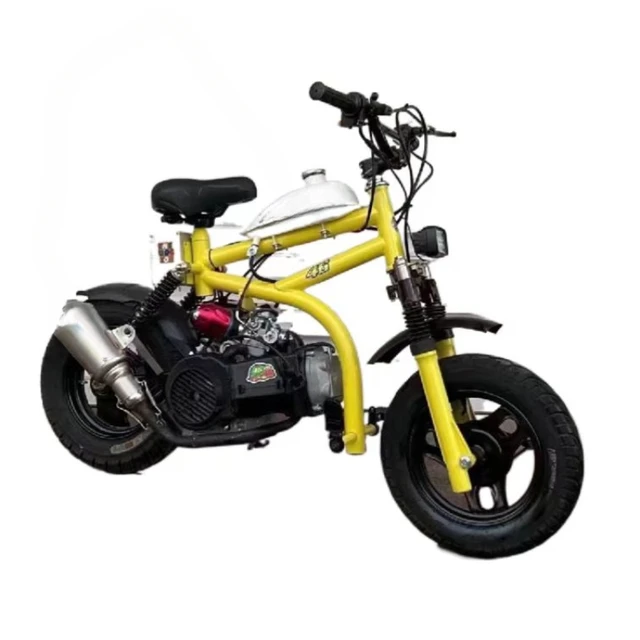
Protecting Extremities from the Cold
2.1. Head and Neck
Wear a full-face helmet to protect your head and face from the elements. Consider using a balaclava or a neck gaiter to provide additional insulation and cover exposed skin. Look for moisture-wicking and breathable materials to prevent discomfort and fogging on your visor.
2.2. Hands
Invest in high-quality, insulated, and waterproof motorcycle-specific gloves. Look for gloves with thermal linings, adjustable closures, and reinforced palms for better grip and durability. Consider heated gloves if you frequently ride in extremely cold temperatures.
2.3. Feet
Keep your feet warm by wearing thick, moisture-wicking socks made from materials like wool or synthetic blends. Layering with thin, moisture-wicking liner socks provides extra insulation. Choose motorcycle-specific boots with good insulation, ankle support, and a non-slip sole to keep your feet warm and secure while riding.
Essential Gear for Winter Riding
3.1. Windshield or Fairing
Installing a windshield or fairing on your motorcycle can help reduce wind chill by redirecting airflow. This protective shield provides a barrier against the cold air and helps retain heat around your body. Choose a windshield that suits your riding style and offers adequate wind protection.
3.2. Heated Grips
Consider installing heated grips on your motorcycle. These grips provide direct warmth to your hands, improving comfort and dexterity during winter rides. Choose grips with adjustable temperature settings to suit your preferences and riding conditions.
3.3. Heated Seats
For added comfort, consider installing a heated seat on your motorcycle. Heated seats provide warmth to your lower body and help regulate your overall body temperature during long rides in cold weather. Look for models with adjustable heat settings for personalized comfort.
3.4. Heated Vest or Jacket Liners
Invest in a heated vest or jacket liner to provide uniform warmth to your core. These garments feature heating elements powered by your motorcycle’s electrical system and can be adjusted to your desired temperature. Heated vests or jacket liners are especially beneficial for extended rides in freezing temperatures.
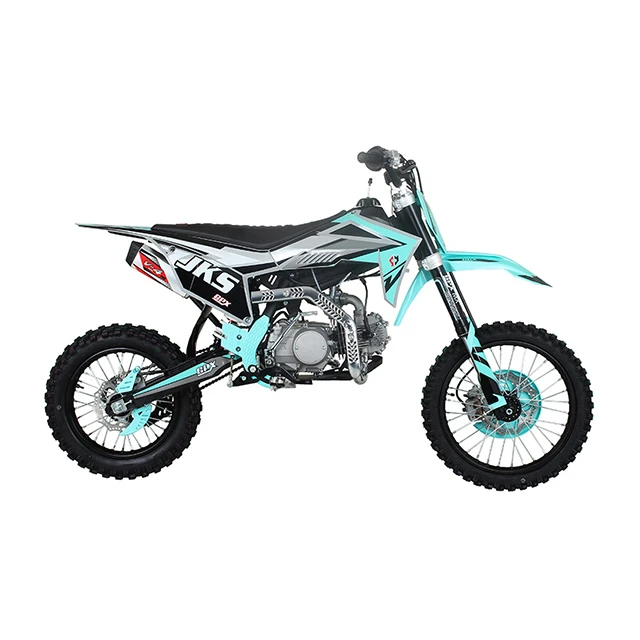
Additional Tips for Staying Warm
4.1. Plan Your Route
Plan your route carefully, taking into account the weather conditions and the availability of heated rest stops along the way. Avoid routes that are prone to heavy snow, ice, or extreme wind chill factors. Familiarize yourself with alternative routes or emergency services in case of unexpected changes in weather or road conditions.
4.2. Warm Up Your Motorcycle Engine
Before setting off on a winter ride, warm up your motorcycle’s engine for a few minutes. This preheating process helps ensure smoother operation and allows the engine to generate heat that can be transferred to your body while riding.
4.3. Take Regular Breaks
Plan for regular breaks during your ride to warm up and stretch. Use designated rest stops or heated areas to take shelter from the cold. These breaks give you an opportunity to rest, hydrate, and regain warmth before continuing your journey.
4.4. Choose the Right Time of Day
Consider riding during the warmer parts of the day to minimize exposure to colder temperatures. Midday rides often provide slightly milder conditions compared to early mornings or evenings. Check weather forecasts and plan your ride accordingly.
4.5. Stay Hydrated
Cold weather can lead to dehydration, so it’s important to stay hydrated during winter rides. Drink water before, during, and after your ride to maintain optimal hydration levels. Consider using an insulated water bottle to prevent liquids from freezing.
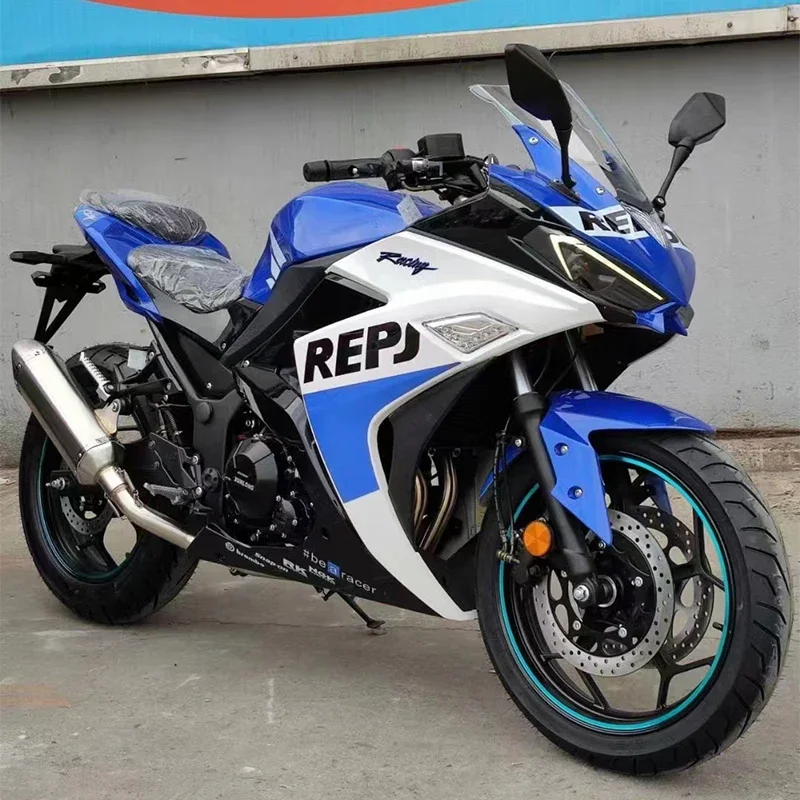
Visibility and Safety
6.1. Clear Helmet Visor
Ensure that your helmet visor is clear and free from fog or condensation. Use an anti-fog spray or insert to prevent visibility issues caused by temperature differences between the inside and outside of your helmet. Keep a microfiber cloth handy to wipe away any moisture or debris that may accumulate during your ride.
6.2. Reflective Gear
Winter days are often shorter, and visibility can be reduced during overcast or snowy conditions. Enhance your visibility to other motorists by wearing reflective gear. Attach reflective patches or strips to your helmet, jacket, and pants to increase your visibility and reduce the risk of accidents.
6.3. Maintain a Safe Distance
In winter weather, road conditions can be unpredictable. Maintain a safe distance from other vehicles on the road to allow for extra stopping and maneuvering time. Be aware of ice patches, wet leaves, and other hazards that may compromise your traction and control.
Preparing Your Motorcycle for Winter Riding
7.1. Tire Maintenance
Ensure that your tires are properly inflated and have sufficient tread depth to provide optimal traction. Consider switching to winter tires or using tire chains for added grip on icy or snowy roads. Regularly check your tires for any signs of wear or damage and replace them if necessary.
7.2. Battery Health
Cold weather can affect your motorcycle’s battery performance. Before winter riding, check the battery’s charge and make sure the connections are secure. Consider using a battery tender or maintainer to keep the battery charged during periods of inactivity.
7.3. Fluid Checks
Check the levels of all fluids, including oil, coolant, and brake fluid. Ensure that they are at the recommended levels and consider using winter-grade fluids that are designed to withstand colder temperatures. Cold weather can also cause condensation in your fuel tank, so ensure it is properly filled to reduce the risk of moisture accumulation.
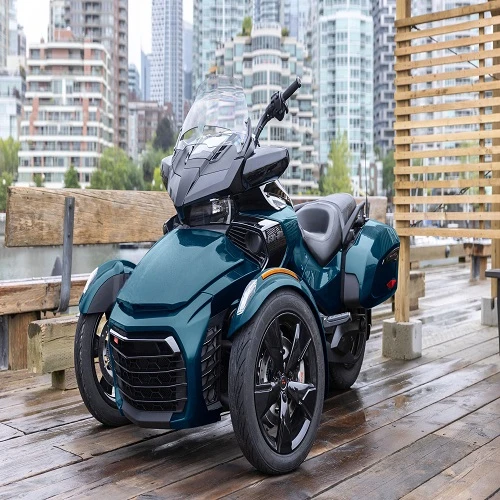
Conclusion
With the right strategies and gear, motorcyclists can stay warm and comfortable while riding in winter conditions. Layering your clothing with moisture-wicking base layers, insulating mid-layers, and windproof outer layers provides excellent insulation. Protecting your extremities with appropriate headgear, gloves, and boots is essential. Invest in additional gear such as windshields, heated grips, heated seats, and heated vests or jacket liners to enhance warmth and comfort. Plan your routes carefully, warm up your motorcycle’s engine, and take regular breaks to maintain comfort and safety. By following these guidelines and adjusting your riding habits, you can confidently embrace winter motorcycle riding and continue to enjoy the thrill of the ride even in cold temperatures.

